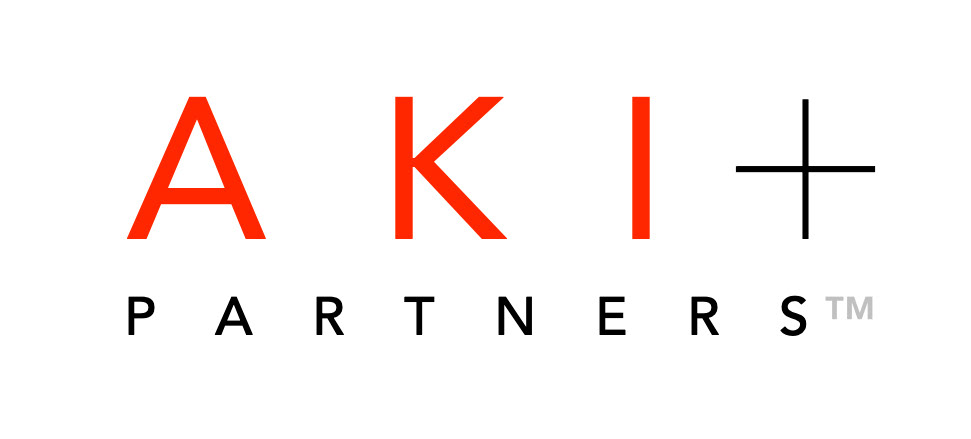Cabaletta
Architectural-scale art is created using a line drawing algorithm employing affine transformations of mathematical functions. The drawings are then enlarged, printed on a billboard-size canvas, and mounted on a wall surface. The walk-through room is enclosed by one convex and two serpentine walls, which are visually different yet share the same underlying equation.
